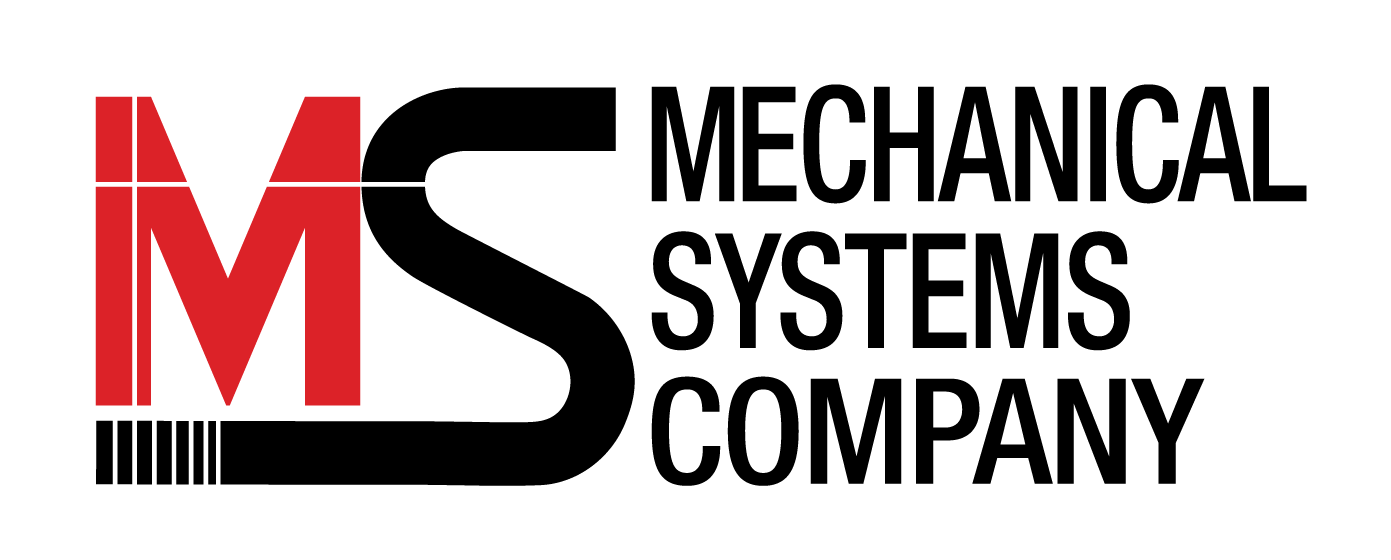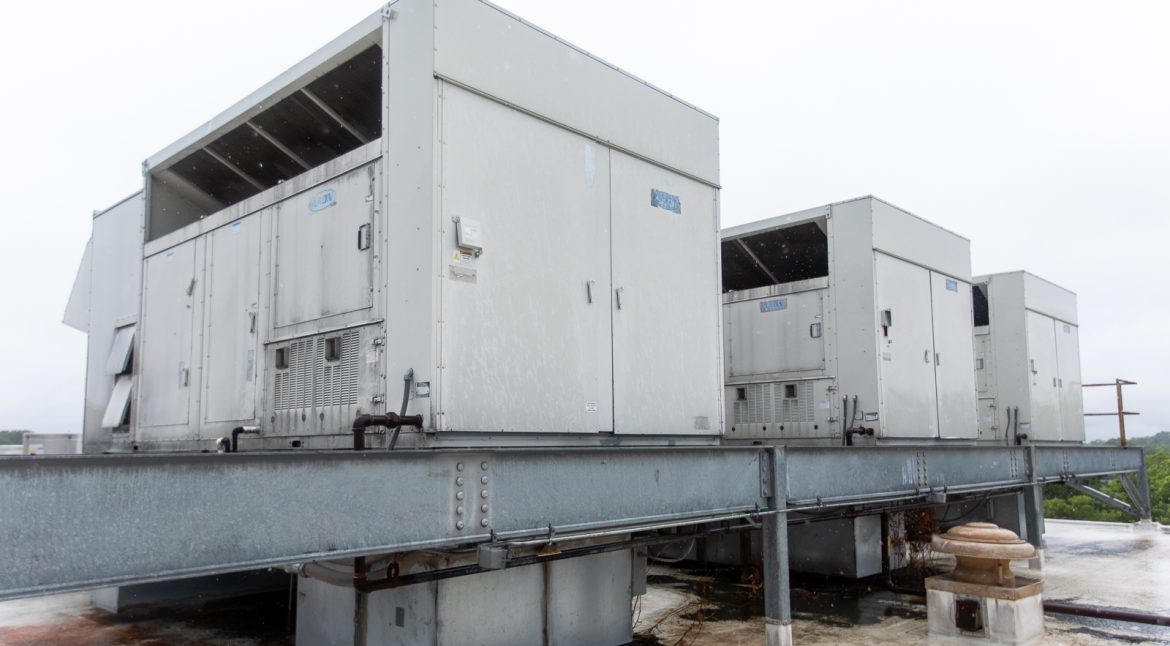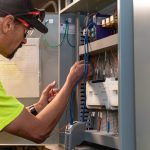For building owners, HVAC systems are key for regulating temperature, humidity and overall comfort. Without a dependable system, you open the door to increased downtime and unexpected costs. Though you should always contact a professional when HVAC issues arise, it’s helpful to understand the basics of your system to ensure it’s running smoothly and efficiently.
The operations of an HVAC unit include four essential components: an evaporator, compressor, condenser and expansion valve. Of these four, let’s narrow in on the compressor and condenser, breaking down what they are and how they work. While both are vital, they each perform distinct functions. See how these two components differ from each other while also working together to provide optimal building comfort.
What is an Air Conditioning Compressor & How Does it Work?
There are several different types of AC compressors, but the most common is a reciprocating compressor. Operating as the heart of an HVAC unit, these compressors are metal containers with two openings that pump fluid throughout the system. While one opening sucks in refrigerant, a liquid that produces a cooling effect while expanding or vaporizing, coming from the evaporator, the other opening discharges pressurized refrigerant to the condenser coil.
Though the compressor provides its own unique function, it works with the condenser by transferring heat from the refrigerant to the condenser to start the cooling process.
What is an Air Conditioning Condenser & How Does it Work?
Condensers are often larger coils or units located near the compressor in the outdoor unit. They feature a network of coils and fins designed to maximize heat exchange with the surrounding air. Responsible for the crucial heat exchange process, the condenser facilitates the transfer of heat from the refrigerant to the surrounding outdoor air. As the high-pressure liquid refrigerant circulates through the condenser coils, it releases heat and becomes a cooler, high-pressure liquid.
The condenser maintains a high pressure while decreasing the refrigerant’s temperature. This process prepares the refrigerant for the next stage, which is expansion and evaporation.
In summary, the air conditioner compressor and condenser are both vital components of the cooling system, but they serve different functions in the refrigeration cycle. The compressor focuses on compressing and pressurizing the refrigerant gas, while the condenser is responsible for releasing the heat absorbed from indoor spaces into the outdoor air.
Ensuring the harmony of these two components is vital to creating a comfortable indoor environment and maintaining desired temperatures and humidity levels. Unfortunately, life happens, and equipment failures occur. The solution? Preventative maintenance with Mechanical Systems Company.
Through MSC’s Guaranteed Maintenance programs, our experts take on your HVAC risks to keep your building operations running smoothly while delivering annual savings. With three levels of customized preventive maintenance programs, we make it easy for building owners to reduce costs, improve comfort levels and increase the efficiency of their buildings.
Contact us today and Learn more about how we can keep your building cool and comfortable with no surprise costs or downtime.



